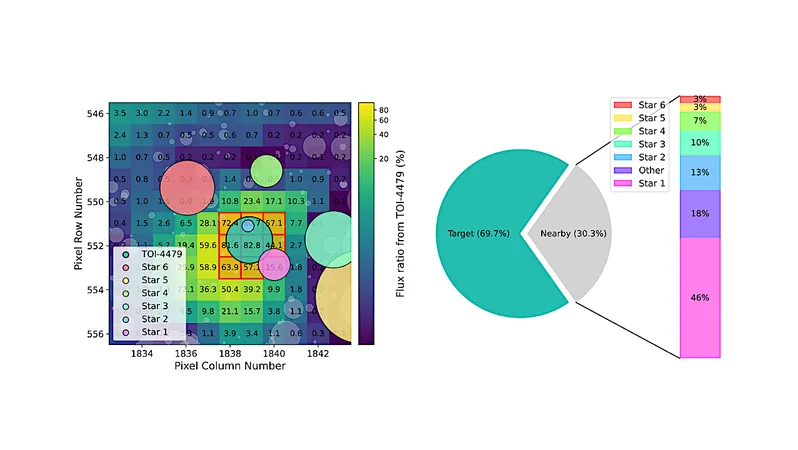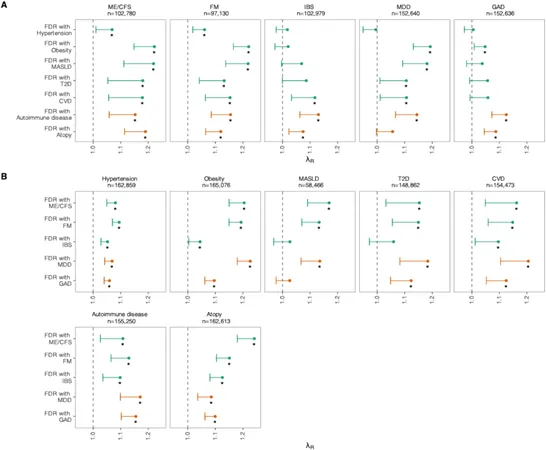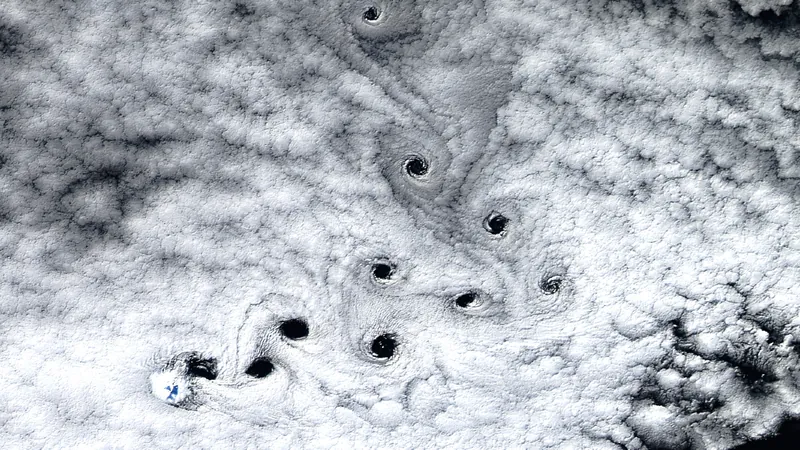
Unlocking the Secrets of Exoplanets: Insights from the PLATO Mission
2025-06-29
Author: Jacob
A New Era in Planetary Science
Prepare to be amazed! A groundbreaking thesis dives deep into the mysteries of planet formation and evolution, leveraging powerful astronomical data from the Kepler, K2, and TESS missions alongside ground-based observations. This research is setting the stage for the upcoming PLATO mission!
Discoveries That Could Change Everything
The thesis showcases some stunning discoveries: four planets statistically validated, two more confirmed and characterized, 14 new planet candidates identified, and even revisions on the properties of 25 previously known planets. Among these, TOI-244 b stands out as a "low-density super-Earth" — a surprising twist for a planet that defies typical expectations of Earth-like composition.
Unraveling the Mysteries of Super-Neptunes
But that's not all! The research also confirms the existence of the intriguing super-Neptune, TOI-5005 b. Observations reveal photometric variations matching the planet’s orbital period, hinting at fascinating magnetic interactions between the star and its planet — a phenomenon known as magnetic star-planet interactions (MSPIs).
Eccentric Orbits and Standout Patterns
In a spectacular finding, similar synchronized signals were detected in the eccentric system HD 118203, with patterns appearing and disappearing as the planets orbit. This aligns with the well-documented 'on/off' behavior characteristic of MSPIs, adding yet another layer to our understanding of these cosmic interactions.
The Population Trends Unveiled
At the population level, the research unveils important trends: low-density super-Earths are often found orbiting stars with lower metallic content. Additionally, the least dense among them receive less intense insolation — pointing to a direct correlation between the star's characteristics and the planets’ volatile elements.
Revolutionizing Our View of Planetary Systems
Furthermore, the study identifies a remarkable concentration of Neptunian planets with orbital periods ranging from approximately 3.2 to 5.7 days, forming what is dubbed the Neptunian "ridge." This discovery coincides with the notorious pileup of hot Jupiters, suggesting a tantalizing common evolutionary path for these larger giant planets.
A Bright Future for Exoplanet Research
As we continue to unravel these cosmic enigmas, the insights gained from this research pave the way for the future of planetary system evolution studies. The findings promise to enhance our understanding of the architecture of planetary systems and the myriad factors that shape them.
Stay tuned as we prepare for the PLATO mission, which is poised to unlock even more secrets of the universe!









 Brasil (PT)
Brasil (PT)
 Canada (EN)
Canada (EN)
 Chile (ES)
Chile (ES)
 Česko (CS)
Česko (CS)
 대한민국 (KO)
대한민국 (KO)
 España (ES)
España (ES)
 France (FR)
France (FR)
 Hong Kong (EN)
Hong Kong (EN)
 Italia (IT)
Italia (IT)
 日本 (JA)
日本 (JA)
 Magyarország (HU)
Magyarország (HU)
 Norge (NO)
Norge (NO)
 Polska (PL)
Polska (PL)
 Schweiz (DE)
Schweiz (DE)
 Singapore (EN)
Singapore (EN)
 Sverige (SV)
Sverige (SV)
 Suomi (FI)
Suomi (FI)
 Türkiye (TR)
Türkiye (TR)
 الإمارات العربية المتحدة (AR)
الإمارات العربية المتحدة (AR)